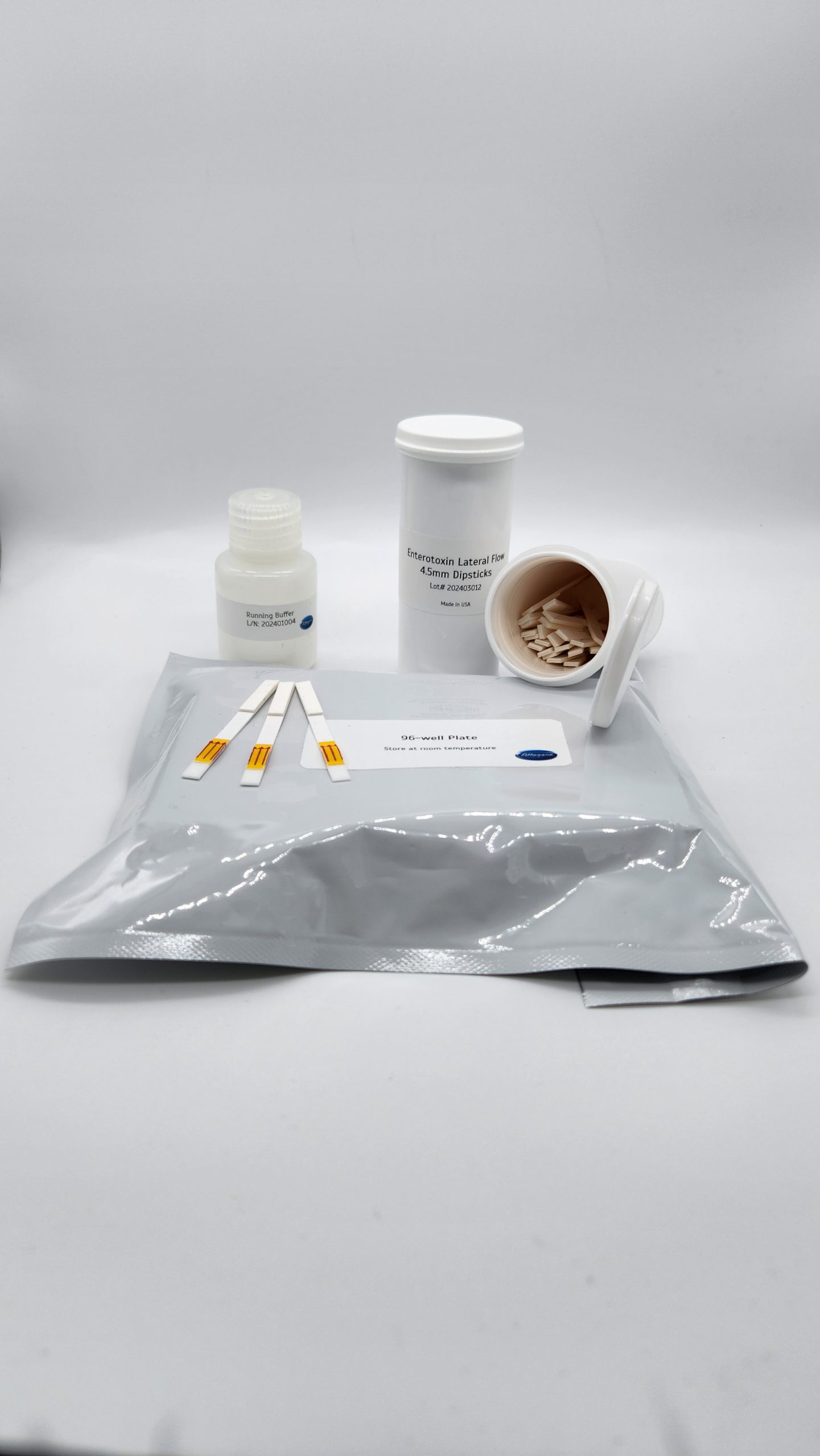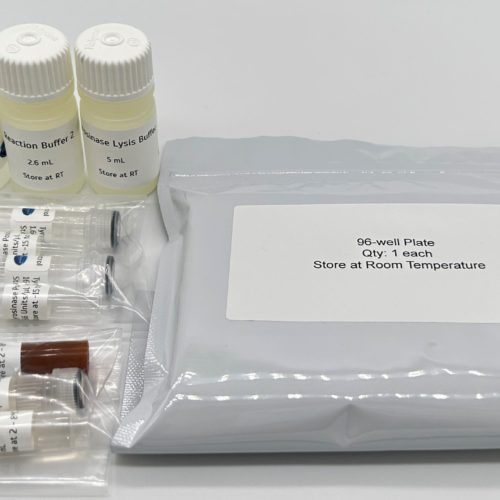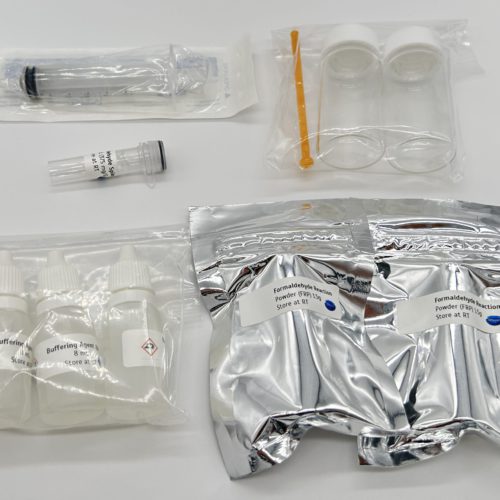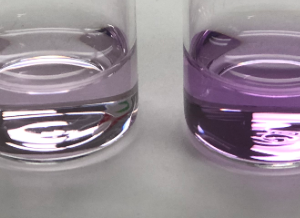Staphylococcus Enterotoxin B (SEB) Lateral Flow Detection Kit
$150.00
In Stock & Ready to Ship
- Rapid dipstick test for detecting Staphylococcus Enterotoxin B (SEB) in liquid samples
- Detects 10 ppb and greater Staphylococcus Enterotoxin B (SEB) in the sample
The contamination of pathogenic microorganisms and their toxins in food and water is a serious issue for human health and safety. For instance, enterotoxins (SEs) produced by Staphylococcus aureus (S. aureus) are heat-stable, meaning pathological activity remains even after exposure to sterilization techniques and digestive proteases. Among the SEs, staphylococcal enterotoxin A (SEA) and B (SEB) are confirmed toxins which cause enteritis and food poisoning. Symptoms include nausea, vomiting, diarrhea, which in
severe cases, may lead to fatalities in children and the elderly. These SEs, known as superantigens, non-specifically activate Tcells, leading to proliferation which ultimately results in T-cell elimination. This activation directly and indirectly induces a massive release of inflammatory cytokines.
In addition to acute poisoning, researchers reported that these toxins may play roles in the pathogenesis of autoimmune diseases. More specifically, intestinal dysbiosis (enteromicrobial imbalance) was found in patients with rheumatoid arthritis (RA) and which may overwhelm the host immune defense functions by chronic exposure to excess amounts of these pathogens (7, 8). In animal models, SEs synergistically play a role in the pathogenesis of autoimmune-related diseases, such as atopic dermatitis, food allergies, colitis, arthritis, and systemic lupus erythematosus.
Attogene is offering this highly robust test to detect SEB by lateral flow in diverse liquid sample types.





